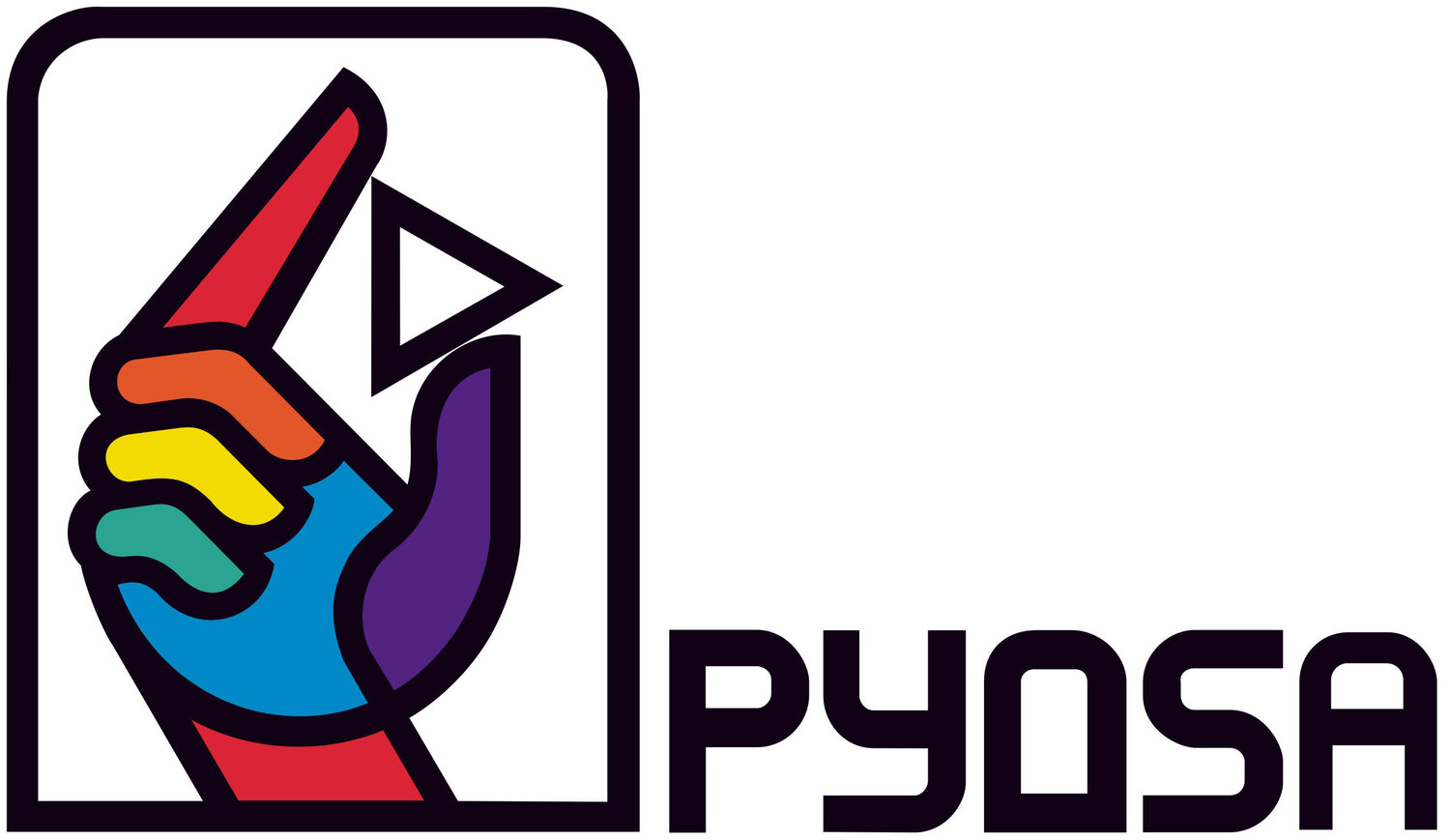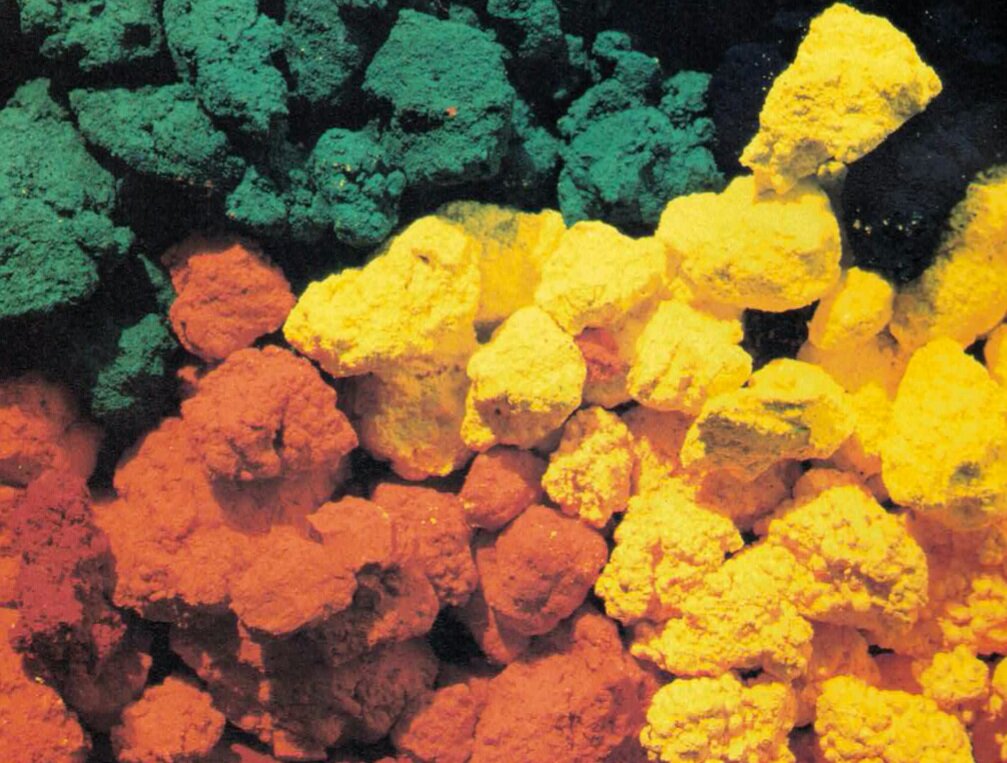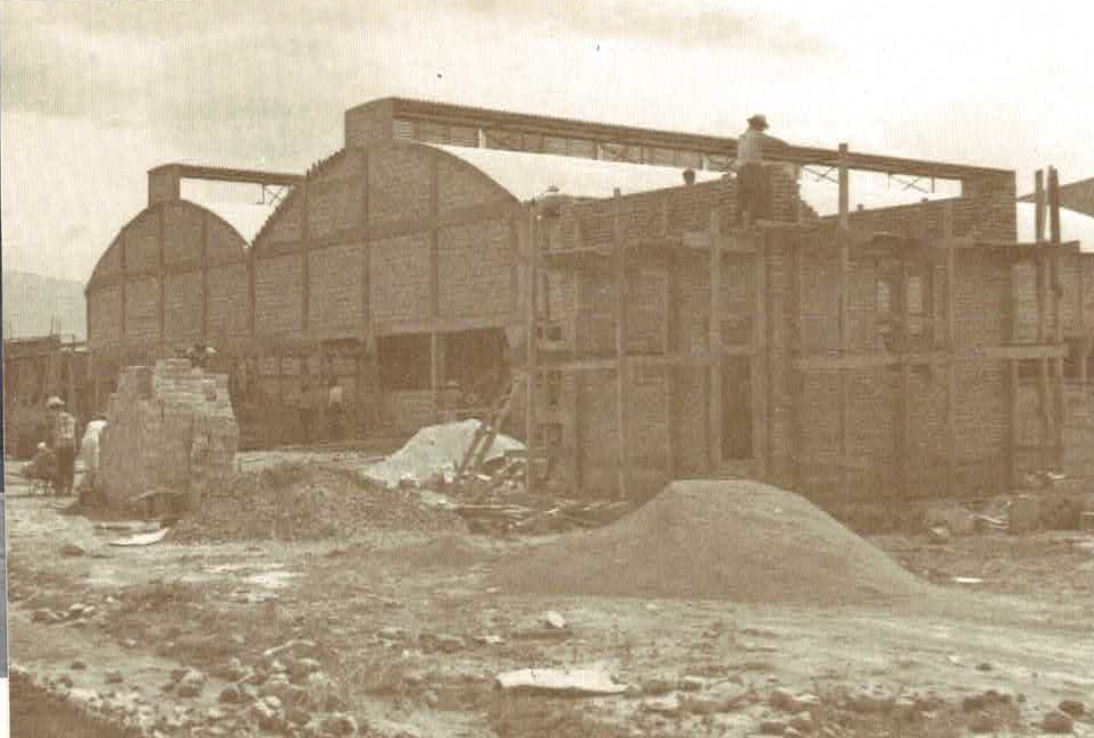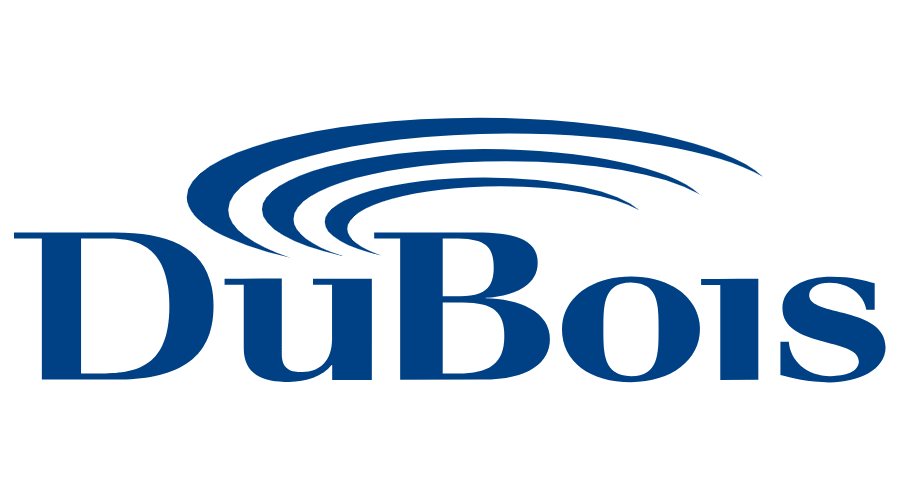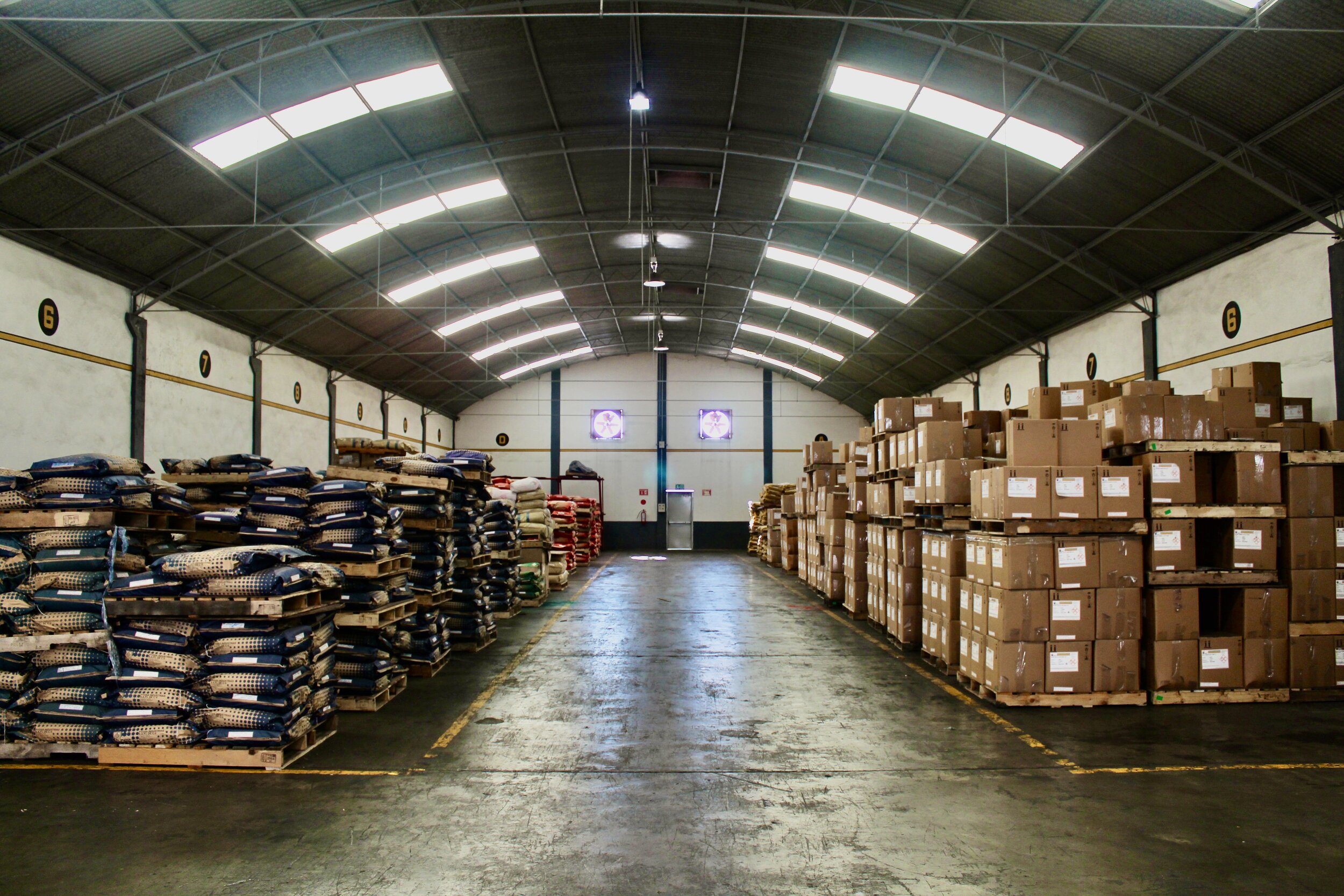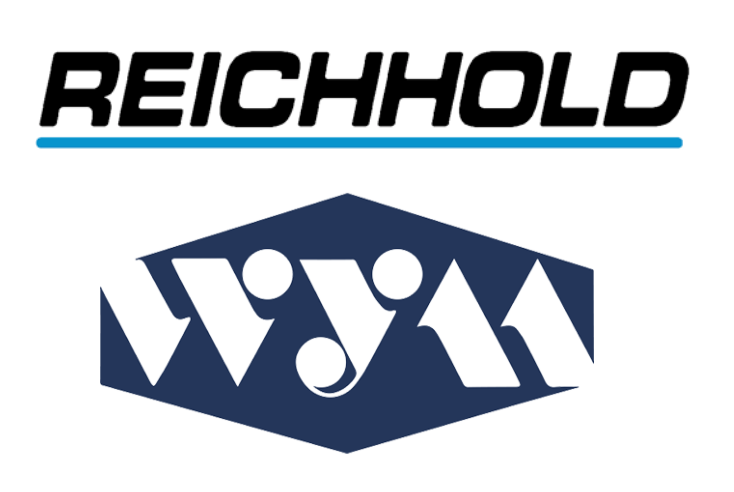
History

1940
Don Rafael Fernandez Saldaña founded Mercantil Fernández, SRL with his son Alberto. Initially they dedicate themselves to sterilizing and packing wheat cereal, but with the outbreak of the Second World War, they started exporting metal oxides with great success and abandoned the commercial activity due to industrial activity, installing their first own plant.
1947
Pigmentos y Oxidos, SA is legally established. In that same year, the export of materials to the manufacturers of accumulators in the United States begins and competes with Eagle Picher, a company with which it achieves an alliance that allows Pyosa to acquire more equipment and thus quadruple its plant capacity.
1950
The industrial manufacture of yellow pigments began, which allowed the company to position itself as the first pigment manufacturer in Mexico. In 1953, Ing. Erick Simon Lehmann was hired and the line of orange pigments was complemented.
1956
The second plant is built and Pyosa begins manufacturing food dyes. During the 1950s, more technological development was available, the industrial culture in Mexico began to manifest itself caused by a time of great stability and real growth.
1962
The third plant is built and the manufacture of textile dyes begins with the direct dyes used to dye cotton and acid dyes to dye wool. In 1967, Pyosa entered into a partnership with the American Aniline Corporation, thereby initiating the marketing of dispersed dyes, used to dye synthetic fibers.
1969
The production of dispersed dyes begins and the line of solvent dyes for coloring Pemex gasoline, oils and fats is developed.
1974
The technology development process to produce Indigo Blue is finished (used to dye denim).
1977
The chemicals division is created to manufacture dye intermediates and enter into the manufacture of agrochemicals.
1981
Pyosa's corporate image is modernized.
1986
Pyosa's computer and technological equipment is udpated.
1987
In 1987, Pyosa decided to use MRP-II ("Materials Requirements Planning") with the aim of improving production management, lowering the cost of inventories and maintaining a high level of customer service. Years later, Pyosa became the first Latin American company to be classified as a Class A User in the use of MRP-II.
1989
In 1989 the company Esmacer, SA de CV was founded as a result of a joint venture between Colores Cerámicas Mexicanos and the Colorobbia Group, of Italian origin. Esmacer's objective was to additionally offer its customers the added values of design, advice and technical support in the use of ceramic frits for the manufacture of products.
1990
Starting the decade of the nineties, Pyosa faces the drastic changes that were brewing in the world’s economic context and the globalization of the markets was imminent. The challenge for the company was to be flexible enough, with high productivity and without neglecting the level of customer service. In this context, the company strategically decides to adopt Total Quality Control (TQC) following the Japanese model, for which it receives advice from the Japanese Union of Scientists and Engineers through Dr. Ichiro Miyauchi.
1992
A new research and development laboratory is inaugurated. At its facilities, a select group of researchers, engineers and other personnel specialized in analytical chemistry were assigned in order to accelerate the offer of new products to an increasingly demanding market. In mid-1993, a plan for the strategic use of information technology is established. As a result, in 1995 the SAP computer system for managing its resources was implemented in Pyosa.
1996
The company Ftalmex, SA de CV was born as a result of a joint venture between Pyosa and the Japanese company Toyo Ink Mfg. This company aims to produce green and blue pigments derived from copper phthalocyanine as well as carbazole violets. That same year, Pyosa received the ISO9001 certificate. A year later, the company Pyosa Oxides, SA de CV was formed, a product of the joint venture between Pyosa and the Franco-German company Penarroya GmbH. Its goal is to globally manufacture and market metal oxides.
2001
In 2001 the “Pyosa Siglo XXI” vision was established. The beginning of the new millennium poses important challenges in a highly competitive market, however, excellent growth opportunities are also in sight.
2005
The reconfiguration of the new Pyosa vision is established in three business units; Commercial, Inorganic, and Chemicals. They establish product distribution with Coloris. A year later, Pyosa begins marketing titanium oxide.In 2009, Pyosa's last financial restructuring was established.
2010
DuBois Chemicals and Pyosa sign distribution agreement in Mexico. In 2011, the reengineering of the Pyosa business process was established. That same year, Pyosa inaugurated the opening of the wineries in Puebla, San Luis Potosí and in Mérida.
2012
The implementation of the Salesforce computer system for business management is established.
2013
On June 3, 2013 Pyosa Industrias SAPI de CV was born and new administrative systems were established in conjunction with the creation of its Board of Directors.
2016
In 2016, Pyosa decided to update the SAP computer system for resource management to its latest version. Also, Pyosa inaugurated the opening of the winery in Cuidad Juarez.
2018
In 2018, Pyosa forms a resin distribution agreement with WYN de México and Reichhold.
2019
In 2019, Pyosa forms a product distribution agreement with CHT, Habich and Dura Chemicals. That same year, the Tableau computer system is also implemented in the company.
2020
In 2020, a new financial information system was established. This same year, Pyosa Industrias and Silberline reached an exlcuive distibution agreement to supply aluminum effect pigments in Mexico.

Corporate Headquarters
Address: Av. Industrias Pte 1200
Col. Bella Vista
Monterrey, Nuevo León, México, C.P. 64410
Phone: +52 81 8625 5600
